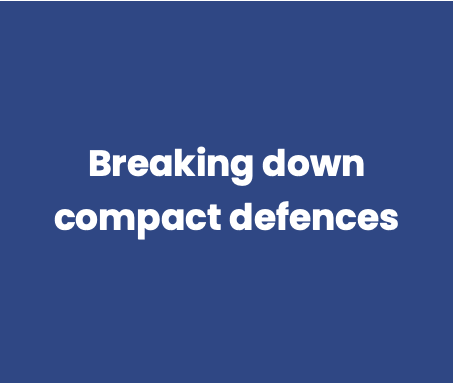Key Moments to Use Penetration
The attacking principle of Penetration should be applied during various moments in a match to exploit the opposition’s defensive weaknesses and create goal-scoring opportunities. Here are some key moments when a team should use the attacking principle of Penetration

When a team regains possession, employing Penetration can help create space and facilitate a smooth transition into the attacking phase. For example, central players can make forward runs between defenders, while wide players can make diagonal runs to exploit gaps in the defence, enabling decisive through passes or dribbles.

Penetration is essential when facing a compact and well-organized defensive structure. Quick one-twos, incisive passes, or skillful dribbling can break through the defensive lines and open up scoring opportunities. For instance, a midfielder can play a quick pass to a forward and receive the ball back in an advanced position behind the defensive line.

Penetration can be used to capitalize on errors made by the opposition’s defence, such as poor positioning or miscommunication. For instance, if a defender fails to track a forward’s run or leaves a gap in the backline, a well-timed pass or dribble can exploit the space and create a goal-scoring opportunity.

During quick transitions, applying Penetration can help exploit gaps in the opposition’s defensive organization. As the team breaks forward, central players should make penetrating runs, while wide players make diagonal runs to stretch the defence, creating space for decisive passes or shots on goal.

Applying Penetration principles during set-pieces, such as free kicks in the attacking third, can create scoring opportunities by targeting weaknesses in the opposition’s defensive organization. For example, during an indirect free kick, attacking players can make well-timed runs to exploit gaps in the defensive wall or find space between defenders.